Tetra: description, types and maintenance of aquarium fish
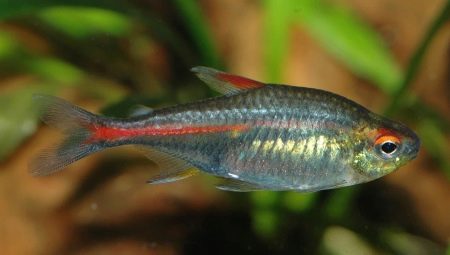
Tetra - what kind of aquarium fish is this, what maintenance and care does it need? Those who come to a pet store for the first time in order to acquire a pet for an aquarium will most likely recommend this unpretentious and bright outwardly representative of the haracin family.
Its compact size and livability make it a good addition to existing biosphere aquariums. And various types of such fish (royal tetra or palmeri, diamond and sapphire) allow you to create a variety of combinations of pets even in a species artificial reservoir.
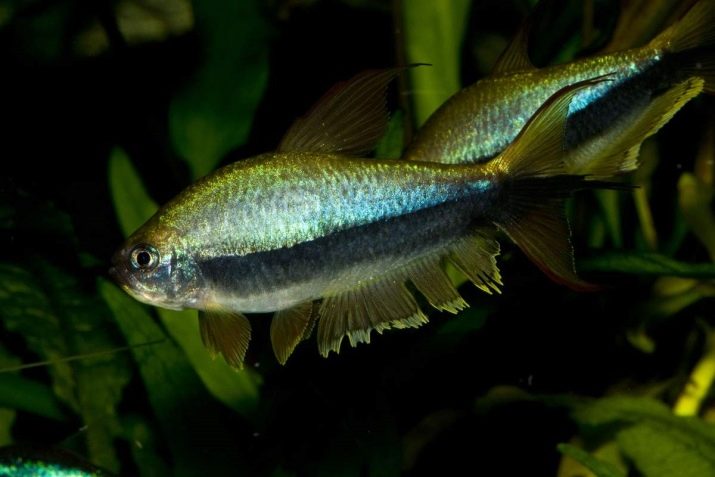
Peculiarities
The description of the aquarium fish tetra allows you to get a fairly complete picture of its appearance and other important characteristics. This genus of the haracin family is characteristic of living in warm and shallow water bodies of South America. In nature, tetras choose a gregarious lifestyle, actively use natural shelters - driftwood, algae, and other aquatic vegetation.
At home, it is recommended to keep at least 10 individuals of the same species in the aquarium; in solitude, the territorial instinct is too strong in the fish.
The appearance of the tetra depends on the species, but in general, individuals have an elongated rhomboid body, 2-15 cm long. In good conditions, the body of the fish retains a bright saturated color, when the state of the environment deteriorates, it turns pale. The average life expectancy is at least 5-6 years.
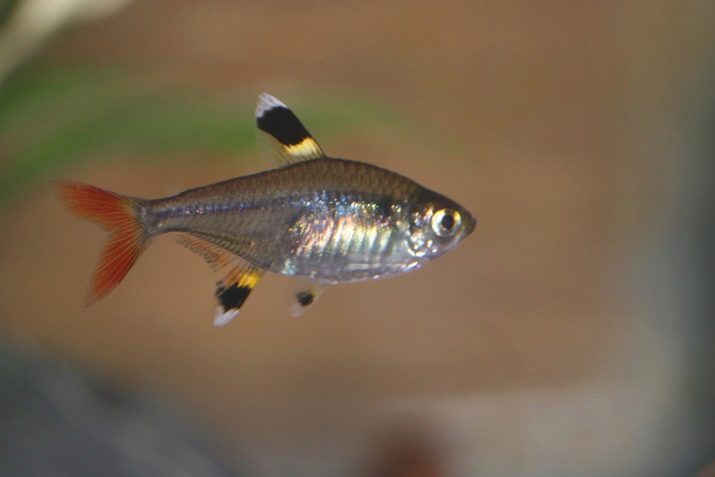
Varieties
In total, there are more than 20 types of tetras found in home aquariums. It is worth examining their names and brief descriptions in more detail.
- Royal tetra or palmeri. These fish are characterized by a dark color of the abdomen, the presence of a contrasting wide strip along the body. The back is translucent, pink-violet. The fins are slightly greenish-yellow in color.

- Gold. Tetras of this type have golden eyes and the upper part of the body of the same shade, in the middle of the body there is a brighter horizontal stripe, the lower part of the body is silvery. The fins are transparent.

- Diamond. A fish with a platinum-gray body, it looks inconspicuous outside the directional light, but in the rays of illumination its scales shine like diamonds.
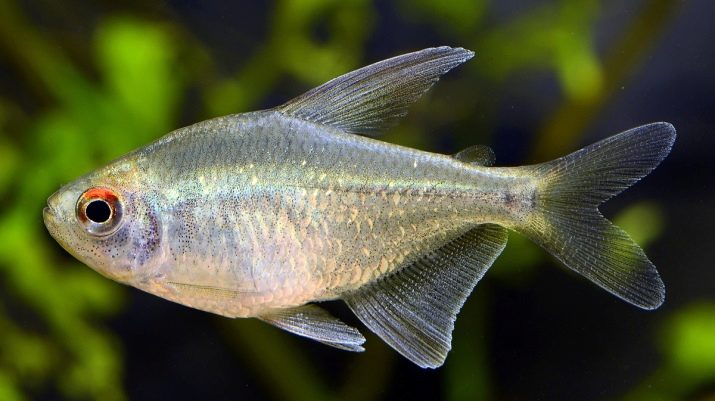
- Fire or Amanda's tetra. A fish with a translucent elongated body, recently discovered, this species is often confused with the usual red.
But there are still differences - Amanda's tetra has a red horizontal stripe that intersects the body in half, has a very rich tone, the body itself has a pink-carrot color scheme, the lower part of the abdomen is golden-yellow.
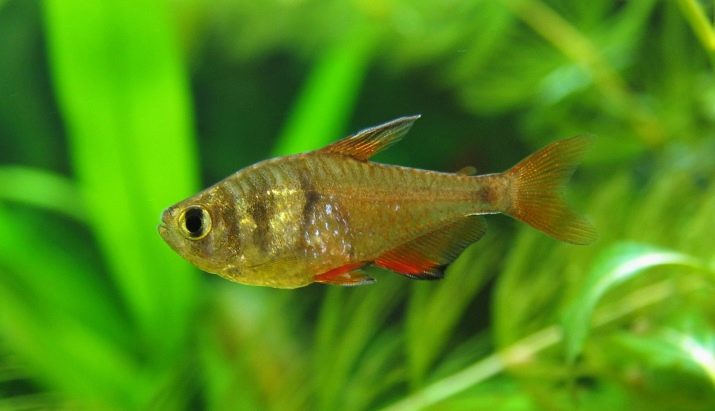
- Red. A type of tetras with a golden-yellow color of the head and a smooth transition of color along the body to scarlet. The borders of the fins stand out especially clearly. There is a horizontal stripe running from the middle of the body.
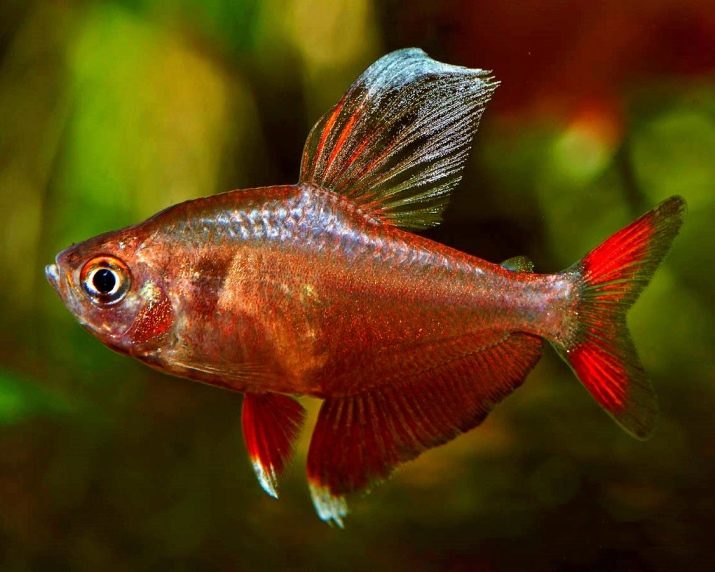
- Colombian or sapphire. A fairly brightly colored tetra and one of the largest - it grows up to 7 cm in the aquarium. The tail and fins have a bright red-orange color. The abdomen and head are gray-blue with a diamond tint, the abdomen is pinkish. Colombian tetras have blue eyes.
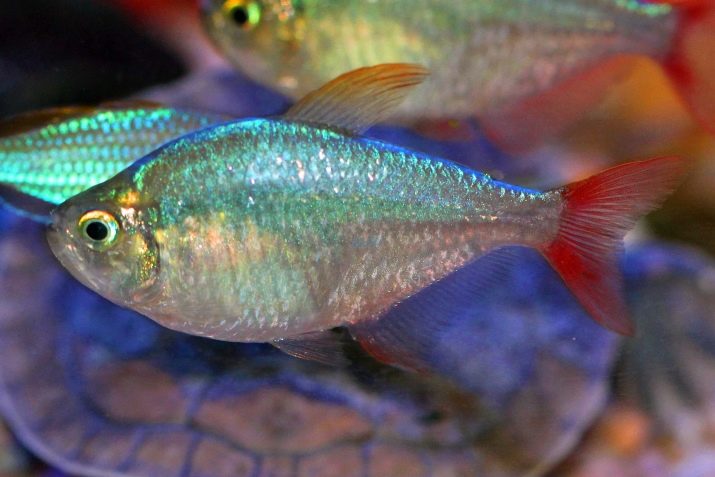
- Rubrostigma or red-spotted. These fish are characterized by a pinkish body color with a bright spot on the side, resembling a heart. The fins are silvery gray. The eyes have a fuchsia hue, just like the stain on the body.
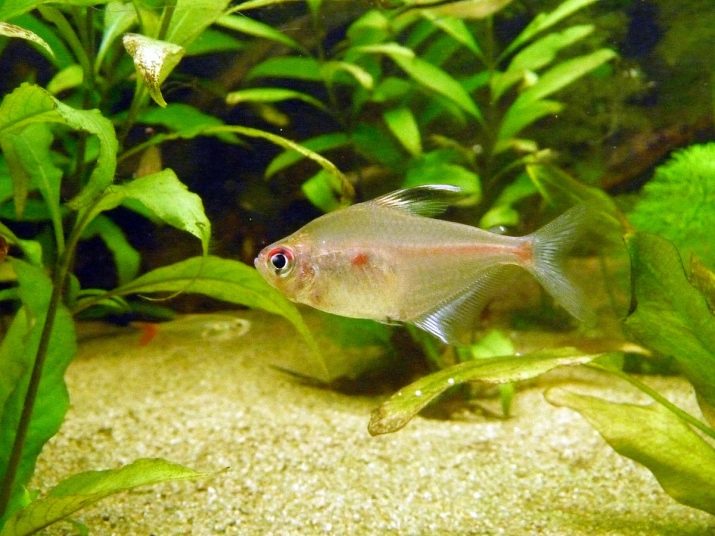
- Black (thorns). One of the most common types of tetras. Their body has an elongated, strongly flattened body with wide fins. There are 2 vertical wide stripes on the body.
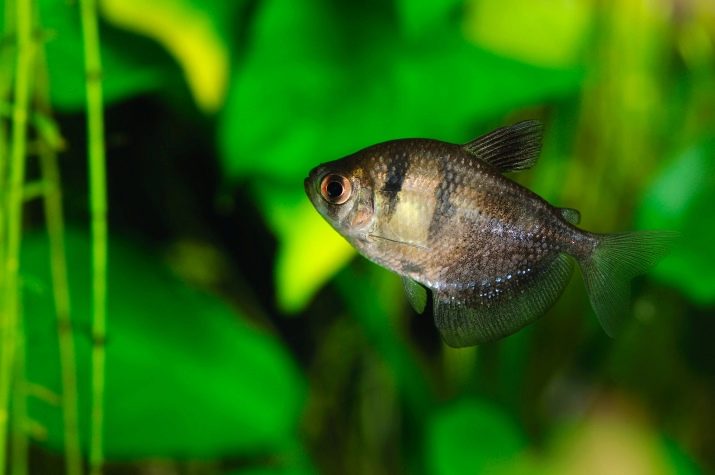
- Long fin black. An ornamental variety bred by breeders.
This species has elongated, veiled fins, an inky black body with a purple tint and two vertical anthracite stripes.

- White. Quite a large selection form, bred on the basis of the black variety. The body color is white with a pinkish tint, the fins and tail are elongated, translucent.
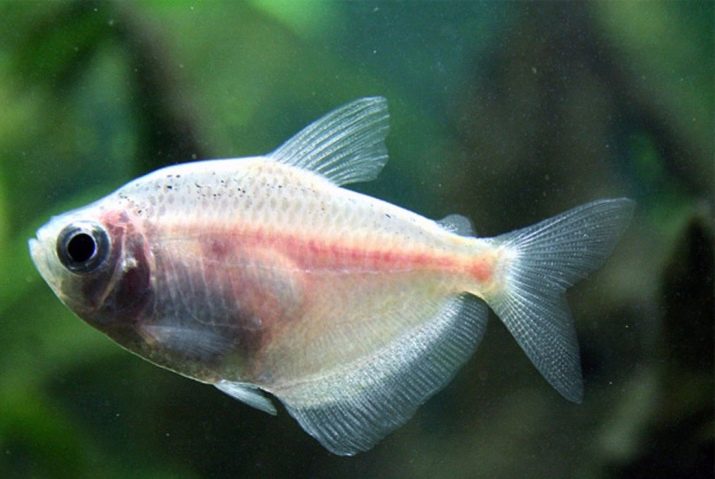
- Firefly. Tetra with a translucent silvery body and a rich orange stripe from nose to tail. On the body, the lines are phosphorescent. Adult fireflies are more brightly colored than young ones.

- Copper. One of the most common types of tetras. Copper fish are less bright than red and fiery ones, their body is painted in golden-red tones, a pronounced dark spot is observed at the base of the tail, fins are translucent, rounded.
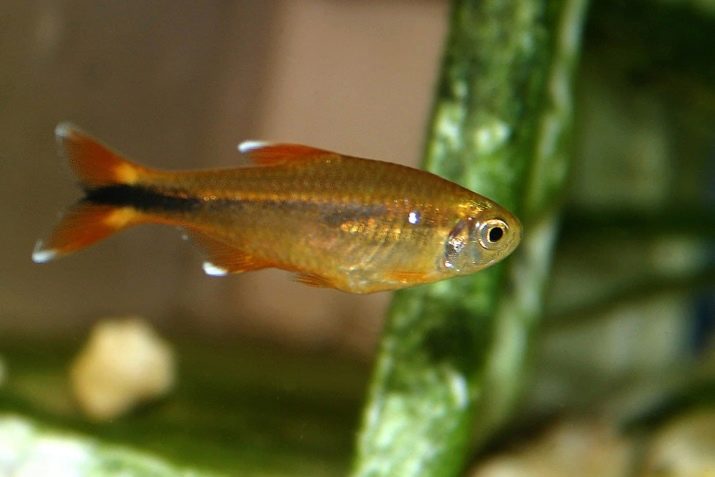
- Glass. A beautiful fish with an elongated body of a white-transparent shade with a purple, slightly neon tint. The tail is bright, red.
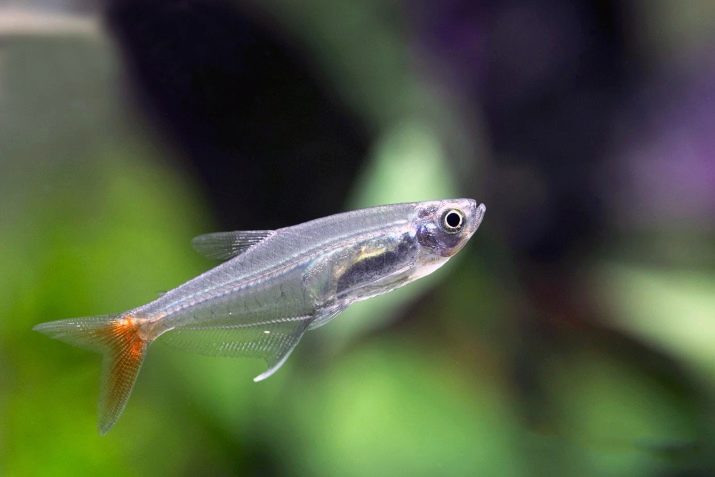
- Rhodostomus or red-nosed. A fish with a translucent pale greenish body.
The rhodostomuses got their name from the wide red stripe in the head area. At the tail end there are 3 horizontal black lines parallel to each other.
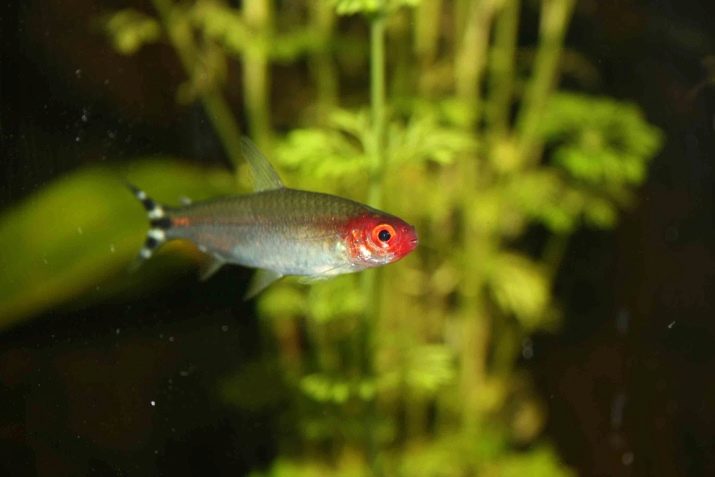
- Lemon. Tetra, which is characterized by the highest sensitivity to conditions of detention. With their deterioration, the body of a rich yellow-green hue turns pale. The eyes of the fish have a red rim. The fins have a rich black and yellow border.

- Scholz. Tetra with a dull silvery body, on the surface of which longitudinal stripes stand out, one golden, the second wider, black. The base of the fin is also decorated with an anthracite-colored spot. The fins are mostly unpainted, with a white stripe along the edge.
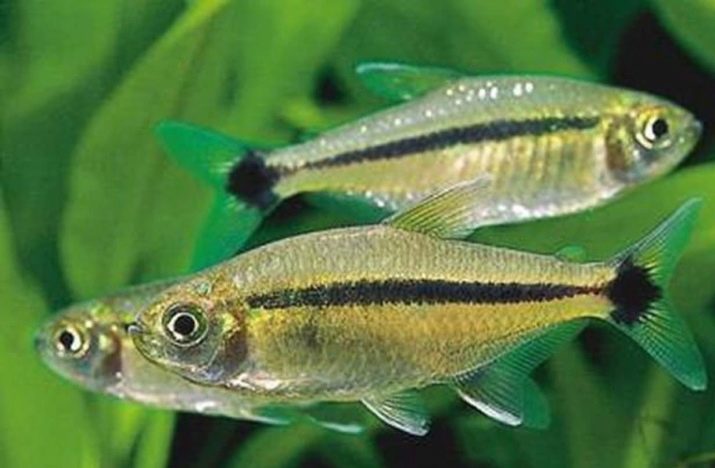
- Cardinal. An incredibly spectacular version of the tetra.
Its body has 3 wide stripes - the dorsal is slightly pink, in the middle of the body is neon blue, on the abdomen and tail a bright red color can be clearly traced.Cardinals are especially popular with aquarists due to their unusual coloration.
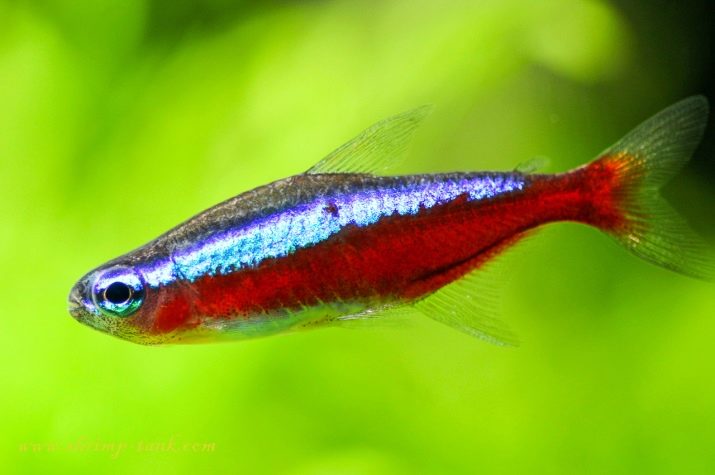
- Congo. One of the largest subspecies of tetras. Beautiful fish with a light gray body, an orange stripe from nose to tail and iridescent tint on the sides.
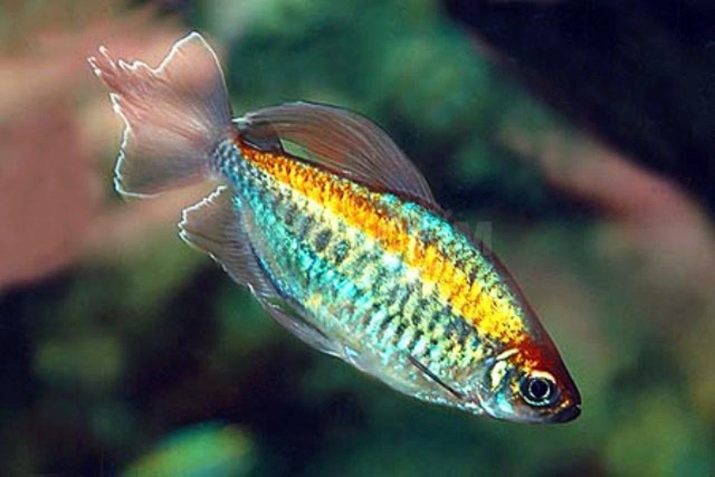
Compatibility
Tetras are fish that have good compatibility with other aquarium inhabitants. But due to their small size, most species are not recommended to be kept together with large predatory neighbors. Prohibited from settling to cichlids, South American and African.
It is not recommended to keep astronotuses and goldfish together with tetras. They don't go well with eels and crabs or shrimps.
Small fish with not too developed territorial instincts can become good neighbors for tetra. This category includes neons, guppies, zebrafish, catfish corridors. Peaceful tetras get along well with cockerels, barbs, swordtails.
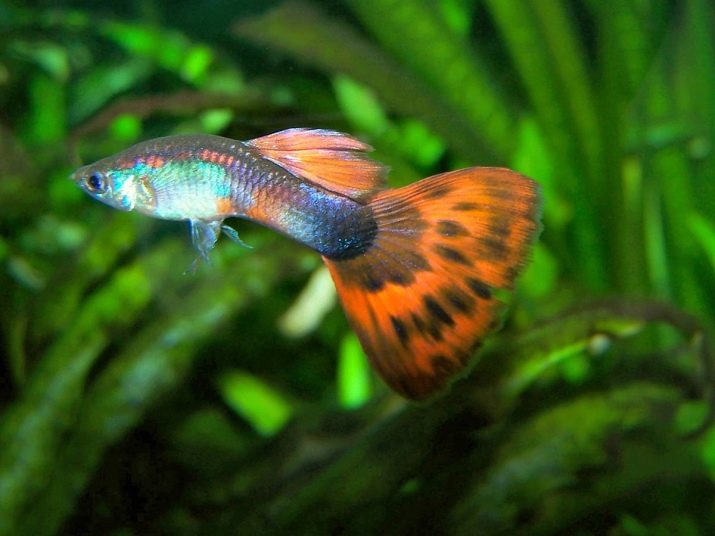
Growing conditions
The conditions for growing and keeping tetra are quite simple. They do not need complicated maintenance, but the aquarium should have at least 30 liters of free space for a school of 10 fish. You will definitely need algae and other aquatic plants, driftwood, behind which shy pets can hide if necessary. The optimal indicators of the environment for tetra will be:
- temperature + 22-25 degrees Celsius;
- hardness not higher than 15;
- pH 6-7.
Water change is carried out in the amount of 1/6 of the total amount, performed weekly. It is imperative to exclude dangerous impurities, chlorine-containing additives. The minimum permissible temperature in the aquarium is +18 degrees, but it is better to maintain constant, higher values using a thermostat installed in the tank. In addition, a filtration system, an aerator, and a compressor to saturate the water with oxygen will have to be installed in the aquarium.
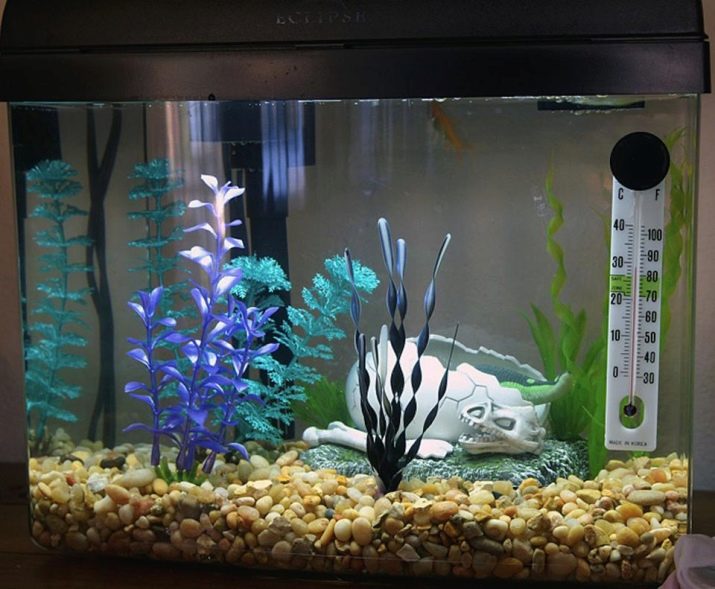
The illumination for the tetra is recommended diffused, not very bright.
When arranging a residence for fish, it is important to ensure the creation of secluded corners with algae. There fish will hide from predators or aggressive neighbors, excessively bright light. Suitable plants include Javanese moss, elodea, duckweed, ferns. Fish do not show food interest in green spaces, rare and expensive species can be planted, while not being afraid that they will be spoiled. But it is better to place them on the back and side walls of the tank.
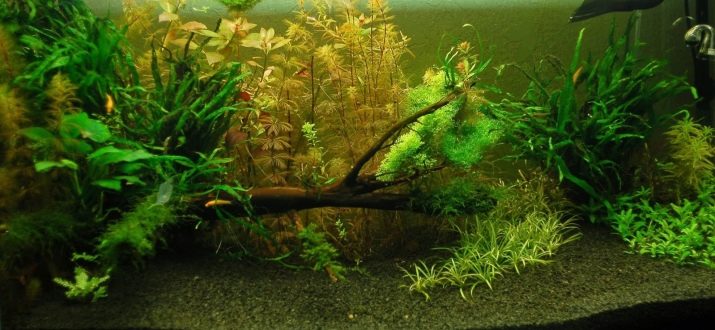
It is better to use gravel or river sand as a soil. Tetras stay on the surface and are almost not interested in the bottom area. When keeping fish, it is very important to leave room for them to swim in the aquarium.
At the bottom, you can arrange decorations - driftwood of ash and oak, large stones of an original shape, artificial grottoes.
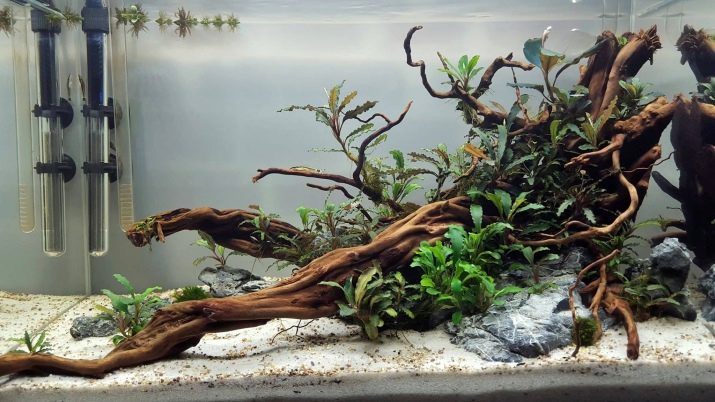
Feeding rules
Tetras belong to the omnivorous inhabitants of water bodies, but in order to maintain the brightness of their color, they need a varied and fairly nutritious diet. Live food - daphnia, bloodworms, brine shrimp - will make up a significant portion of the diet. Fish eat egg yolk well, they can also feed young animals after hatching from eggs. In general, the tetras have an excellent appetite, and they will not refuse any treat.
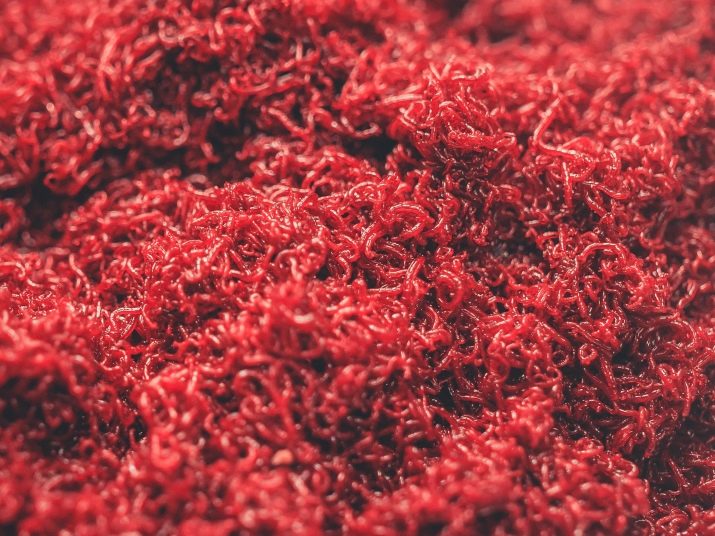
When choosing food, it is important to give preference to products that remain on the surface for a long time and slowly sink to the bottom. This is due to the peculiarities of their mouth apparatus, upturned.
A good solution would be to purchase a special feeder.... Dry food in tablets, oatmeal are suitable. Fish willingly eat greens - spinach and broccoli, but they must first be chopped, like other large feeds. For a change, you can offer fish finely ground bread crumbs, but it is often not worth giving cereal food because of the possible risk of developing obesity.
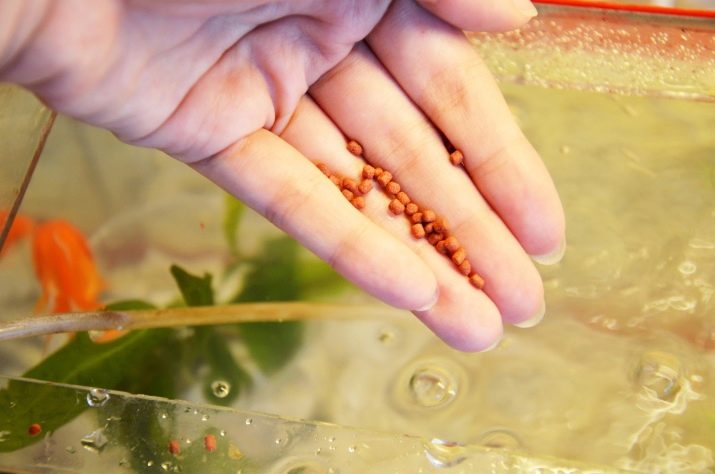
Reproduction
Breeding tetras at home is not difficult. They reach puberty by 6-11 months, depending on the species.There is no special season for spawning, it runs at any time of the year.To stimulate the breeding processes, the female in pairs is sown, they give her food rich in protein, increase the frequency of water changes and increase her temperature. Then the parents are again connected for mating, at a time the female lays up to 150 eggs.
At the end of spawning, the parent individuals need to be deposited. Otherwise, they will easily destroy the masonry.

Until the moment they grow up, the young are kept separately. The fry from eggs appear on the 3-5th day, they need clean water, poorly aerated, with a small current. You need to feed small tetras with food crushed into dust. Coloring in fish of this species appears by the age of 1 month. Tetras have a good survival rate. As they grow and transition to an adult diet, they are transplanted into a regular adult aquarium.
For details on tetras, see below.








